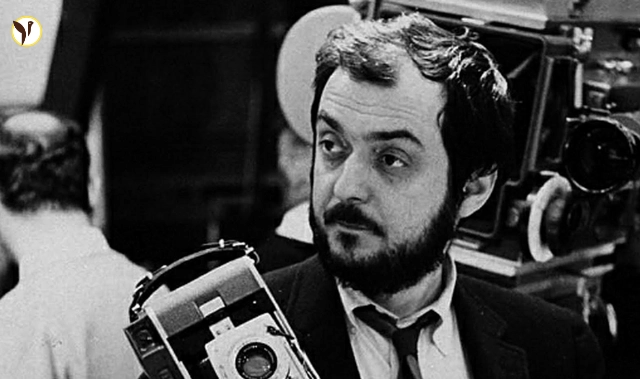Some directors tell stories.
Stanley Kubrick? He challenged you to look deeper, to question everything, and to feel something you couldn’t explain.
Even years after his passing, Kubrick continues to make headlines. Most recently, thanks to Tom Cruise opening up about his unforgettable experience working with him on Eyes Wide Shut. And let’s be clear—when Cruise calls it “intense,” he’s not exaggerating. The shoot lasted over 400 days. That’s not a typo.
But that’s just the kind of artist Kubrick was. He didn’t care for shortcuts, applause, or fast fame. He chased the truth of human emotion. And he didn’t stop until he captured it, raw and real.
Eyes Wide Shut: A Film That Pushed Limits
When Kubrick teamed up with real-life couple Tom Cruise and Nicole Kidman in the late ‘90s, the world expected fireworks. What they got instead was a haunting, intimate, and slow-burning exploration of love, desire, and secrecy.
Was it erotic? Mysterious? Psychological? Yes.
Was it your average Hollywood drama? Not even close.
Cruise has now revealed how deeply personal the filming process became. Kubrick didn’t just want “performances.” He wanted truths — even if that meant 90 takes of a single glance.
More Than a Director — A Disruptor
Kubrick wasn’t trying to entertain you in the traditional sense. He wanted you to sit uncomfortably, to think, to argue with yourself. Whether it was the cold silence of 2001: A Space Odyssey, the eerie smiles in The Shining, or the dark satire of Dr. Strangelove, his films were like riddles wrapped in cinema.
That’s why filmmakers like Quentin Tarantino still mention him as a major influence. You can see it — in Tarantino’s pacing, in the tension he builds, in the way his characters speak like philosophers stuck in action movies. That DNA traces back to Kubrick.
His Impact? Still Echoing.
Kubrick’s work doesn’t feel dated. In fact, it feels timeless. He saw cinema as art. He made you lean in. He left spaces in his stories — not because he was lazy, but because he trusted you, the viewer, to fill them in.
He didn’t explain everything. He didn’t need to.
Even today, directors, critics, and film students watch his work frame-by-frame, hoping to crack the code. But maybe that’s the point — maybe there is no code. Maybe Kubrick’s genius wasn’t about answers. It was about asking the right questions.


/content/stories/thumb/thumb691d4eda4fc499.88159473.webp)
/content/stories/thumb/thumb691d5284087ce8.53893605.webp)
/content/stories/thumb/thumb691c68eab68153.94524795.webp)
/content/stories/thumb/thumb691c56b91524f1.50648076.webp)
/content/stories/thumb/thumb691c51b0e15f79.22388515.webp)


